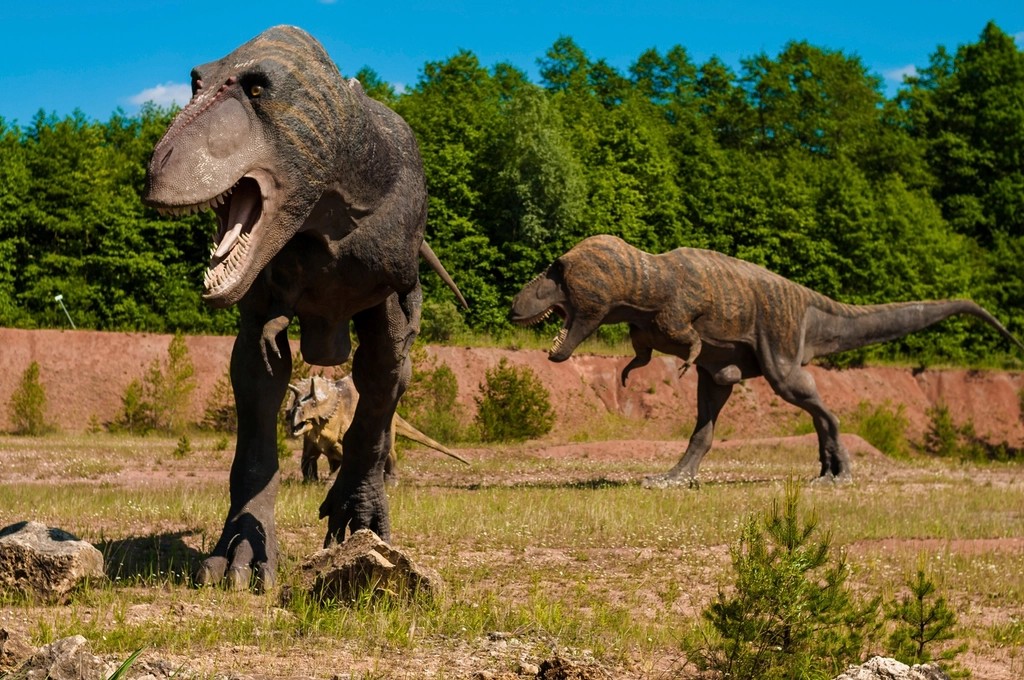The story of dinosaurs is far more complex than towering beasts roaming prehistoric landscapes. The ancient supercontinent Pangaea began breaking apart approximately 200 million years ago, triggering one of the most significant evolutionary experiments in Earth’s history. This massive geological process, known as continental drift, created natural barriers that isolated dinosaur populations from one another, leading to divergent evolution across separate landmasses. This invisible force shaped the very fabric of life on Earth, steering dinosaur evolution down paths that wouldn’t have existed otherwise.
The Great Continental Split That Started It All
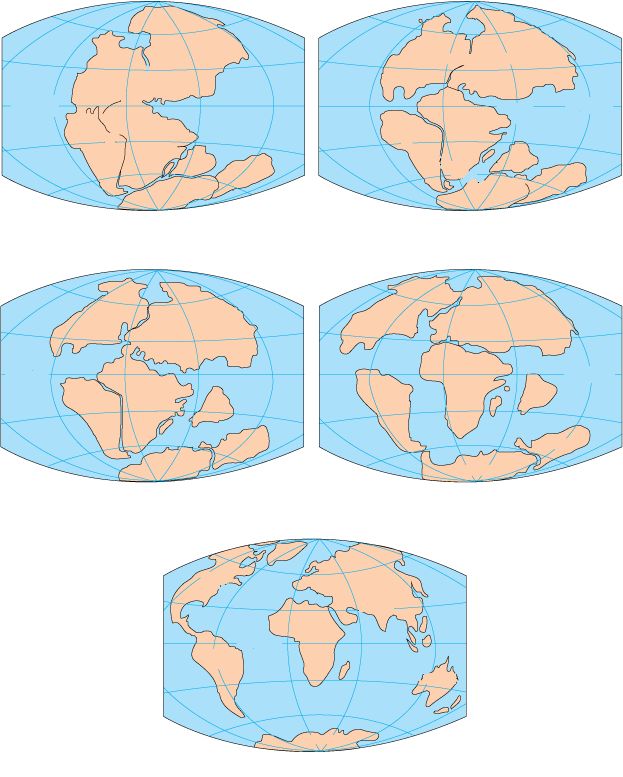
At the beginning of the age of dinosaurs (during the Triassic Period, about 230 million years ago), the continents were arranged together as a single supercontinent called Pangea. During the 165 million years of dinosaur existence this supercontinent slowly broke apart. Picture a massive jigsaw puzzle being pulled apart, piece by piece, over hundreds of millions of years.
Pangaea existed as a supercontinent for 160 million years, from its assembly around 335 Ma (Early Carboniferous) to its breakup 175 Ma (Middle Jurassic). This slow-motion catastrophe was anything but gentle. As the supercontinent tore itself apart, it created rifts, ocean basins, and mountain ranges that would forever change how life moved across the planet.
When Oceans Became Evolutionary Barriers

One of the most significant geographic divides created by continental drift was the Atlantic Ocean, which began forming when Pangaea initially split between what would become North America and Africa. This oceanic divide widened gradually, first separating North America from Africa around 170 million years ago, and later separating South America from Africa approximately 130 million years ago. Suddenly, what had once been connected landmasses became islands separated by vast stretches of water.
As this marine barrier expanded, dinosaur populations on either side became completely isolated from one another, unable to migrate or interbreed. Think of it like splitting a population of any modern animal in half and placing an ocean between them. Over millions of years, those separated populations would develop into entirely different species.
The Rise of Laurasia and Gondwana

By this time, the huge continent Pangaea started to break into two separate land masses, forming Gondwana in the south and Laurasia in the north. These weren’t just geographic divisions – they became evolutionary laboratories where dinosaurs experimented with different body plans, behaviors, and survival strategies.
The Cretaceous Period began with Earth’s land assembled essentially into two continents, Laurasia in the north and Gondwana in the south. Each of these supercontinents developed its own unique dinosaur communities. What happened next would fundamentally change the diversity of life on our planet.
Northern Giants vs Southern Titans

The separation created dramatically different dinosaur dynasties on each continent. In the northern continents of North America and Asia, the major theropods were tyrannosaurids and various types of smaller maniraptoran theropods, with a predominantly ornithischian herbivore assemblage of hadrosaurids, ceratopsians, ankylosaurids, and pachycephalosaurians. Think of the iconic Tyrannosaurus rex stomping through North American forests.
The southern supercontinent Gondwana developed its own distinctive dinosaur fauna following separation from Laurasia. Perhaps most notably, Gondwana became home to the titanosaurs, a group of massive sauropod dinosaurs that dominated the southern continents. Another distinctly Gondwanan group was the abelisaurids, predatory theropods that replaced tyrannosaurs as apex predators in the southern hemisphere. These southern predators filled the same ecological roles as their northern cousins but evolved completely different anatomical solutions.
India’s Incredible Journey and Its Dinosaur Passengers
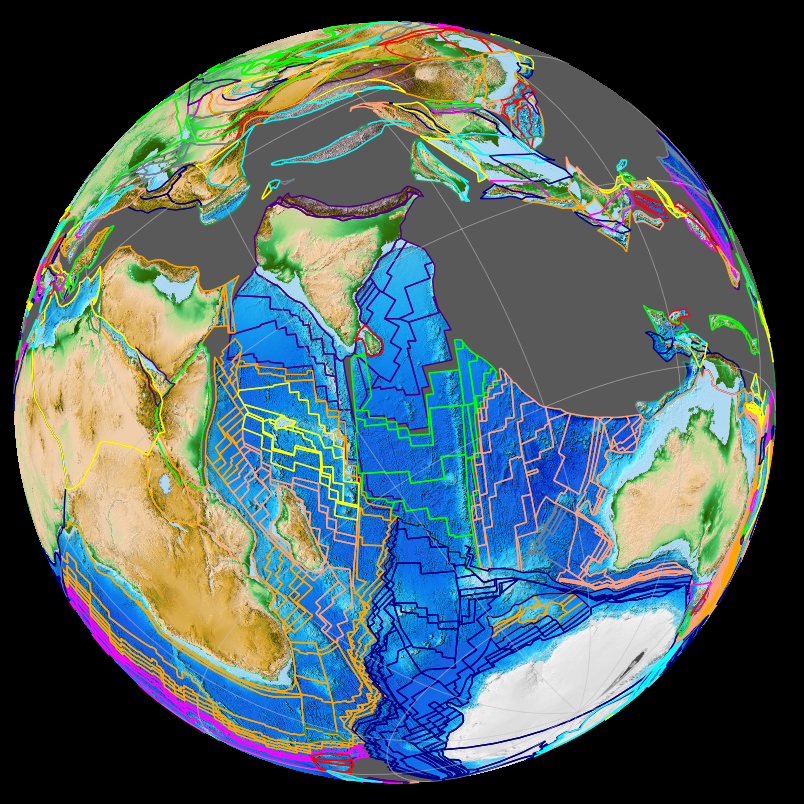
Among the most dramatic continental movements during the age of dinosaurs was the northward journey of India. Originally part of Gondwana and attached to Madagascar, India began drifting northward around 120 million years ago, becoming an isolated island continent during much of the Late Cretaceous period. Imagine an entire subcontinent slowly sailing north like a massive biological ark.
This isolation created a natural laboratory for dinosaur evolution, with India’s dinosaur fauna developing in isolation from both its former Gondwanan neighbors and the northern Laurasian landmasses. Paleontologists have discovered distinctive dinosaurs like Rajasaurus, an abelisaurid theropod unique to the Indian subcontinent. These dinosaurs evolved in splendid isolation, developing characteristics found nowhere else on Earth.
Australia’s Polar Dinosaurs and Geographic Prison
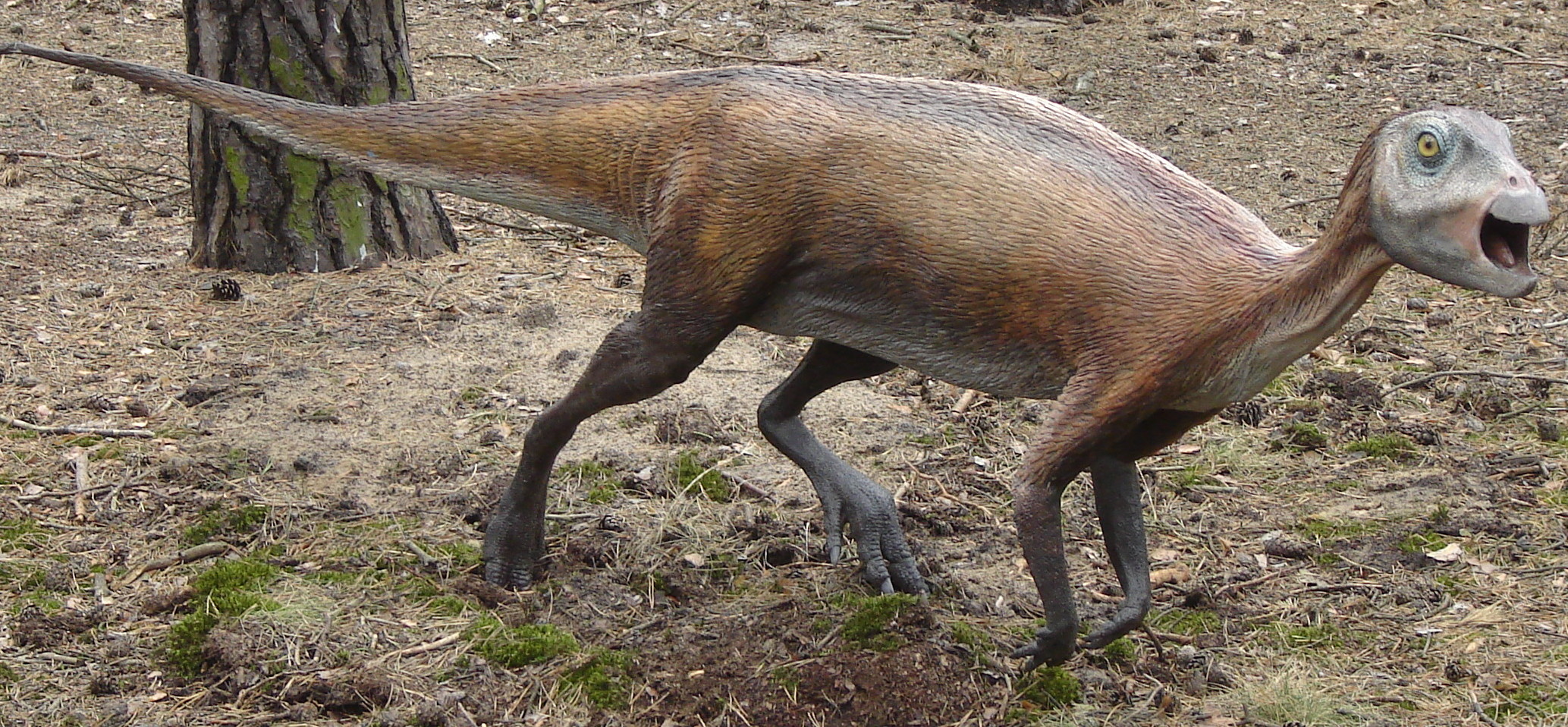
Discoveries in Victoria and Queensland have revealed polar-adapted dinosaurs that could survive the cold, dark winters that Australia experienced due to its high-latitude position during the Cretaceous period. Unlike North America and Asia, Australia has not yielded tyrannosaur or ceratopsian fossils, underscoring how continental isolation prevented these northern groups from reaching the southern continent.
Australia became a biological island where dinosaurs had to adapt to conditions unlike anywhere else on the planet. These polar dinosaurs developed unique survival strategies for months of darkness and cold that would have challenged even the most adaptable northern species.
The Flowering Plant Revolution and Continental Drift

One of the most significant developments during the Cretaceous was the appearance and rapid diversification of the first flowering plants. But here’s where continental drift added another twist to the story. A major change in the Early Cretaceous, which would be amplified in the Late Cretaceous, was the evolution of flowering plants. At the same time, several groups of dinosaurian herbivores evolved more sophisticated ways to orally process food.
As continents drifted into new climate zones and developed different plant communities, dinosaurs had to adapt to entirely new food sources. Continental separation meant that flowering plants evolved differently on each landmass, creating unique evolutionary pressures for the herbivorous dinosaurs trying to eat them.
Sea Level Changes and Dinosaur Highways
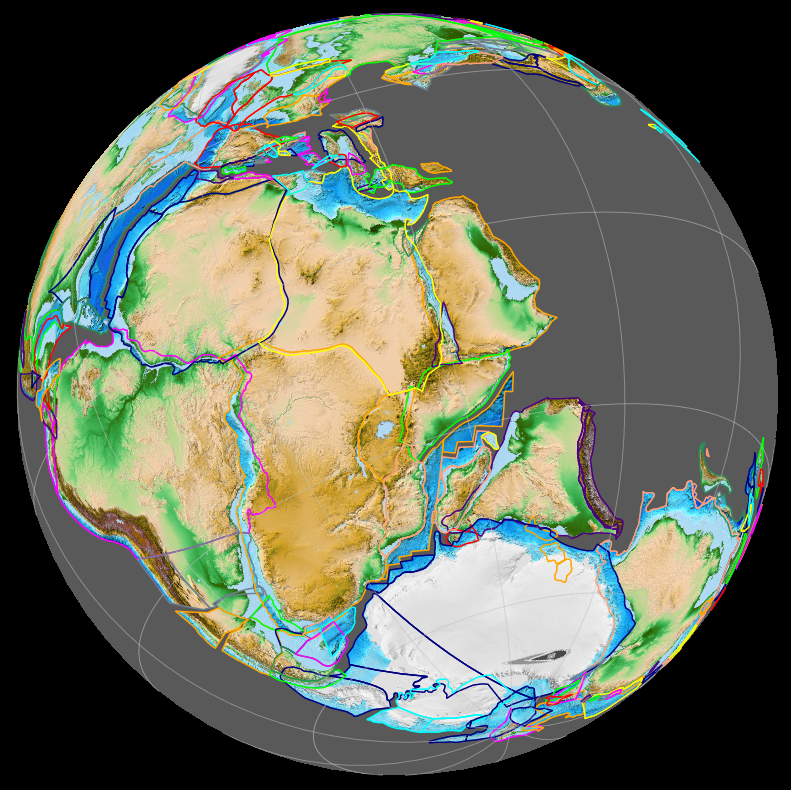
Continental drift wasn’t just about moving land masses – it dramatically affected global sea levels too. The very active mid-ocean ridges associated with the breakup of Pangaea raised sea levels to the highest in the geological record, flooding much of the continents. Toward the middle of the Cretaceous, rising sea levels driven by the ongoing breakup of Pangaea submerged the shallow lowlands of the center of the continent, while the western margin was thrust up into a volcanic mountain range similar to the Andes as it overrode oceanic crust. North America was like two continents at this time – a narrow western landmass and a broader eastern landmass – with the Western Interior Seaway between them.
These inland seas created islands where dinosaur populations could become isolated even within the same continent. Some dinosaur species literally found themselves stranded on shrinking islands as sea levels rose.
Footprints Across Vanished Bridges

Some of the most compelling evidence for how continental drift affected dinosaurs comes from matching footprints found on different continents. More than 260 footprints were discovered in Brazil and in Cameroon, showing where land-dwelling dinosaurs were last able to freely cross between South America and Africa millions of years ago before the two continents split apart. The footprints, impressed into mud and silt along ancient rivers and lakes, were found more than 3,700 miles, or 6,000 kilometers, away from each other. Dinosaurs made the tracks 120 million years ago on a single supercontinent known as Gondwana– which broke off from the larger landmass of Pangea.
These fossil footprints tell a poignant story – they represent the last moments when dinosaurs could walk freely between what would become separate continents.
Climate Chaos and Evolutionary Innovation

During this era, the land gradually split from one huge supercontinent into smaller ones. The associated changes in the climate and vegetation affected how dinosaurs evolved. Continental drift didn’t just change geography – it completely rewrote Earth’s climate system.
The climate was generally warmer and more humid than today, probably because of very active volcanism associated with unusually high rates of seafloor spreading. The polar regions were free of continental ice sheets, their land instead covered by forest. As continents drifted into different latitude zones, dinosaurs had to rapidly adapt to completely new climate conditions.
The End of an Era

During the Cretaceous the land separated further into some of the continents we recognise today, although in different positions. This meant that dinosaurs evolved independently in different parts of the world, becoming more diverse. By the time the famous asteroid impact ended the age of dinosaurs, continental drift had created a world populated by creatures so different from their common ancestors that they might as well have been from different planets.
Once-connected species began developing along independent evolutionary paths, resulting in the remarkable diversity of dinosaur species that paleontologists study today. Understanding how continental drift influenced dinosaur evolution provides a fascinating window into how geographical isolation shapes biodiversity and explains the distinctive regional characteristics of dinosaur fossils found across different continents.
Conclusion

Continental drift wasn’t just a geological process – it was the invisible hand that guided dinosaur evolution for over 160 million years. From the moment Pangaea began cracking apart, dinosaurs found themselves on separate evolutionary trajectories that would create the incredible diversity we see in the fossil record today. The tyrannosaurs of North America, the abelisaurids of South America, the unique polar dinosaurs of Australia, and the isolated species of island India all owe their existence to the slow but relentless movement of Earth’s continents.
This hidden force reminds us that evolution doesn’t happen in isolation. Every species, every adaptation, every evolutionary innovation is shaped by the moving stage beneath their feet. The next time you see a dinosaur skeleton in a museum, remember – you’re not just looking at an ancient animal, but at the end result of millions of years of continental wandering. What other evolutionary secrets might be hidden in the slow dance of drifting continents?


